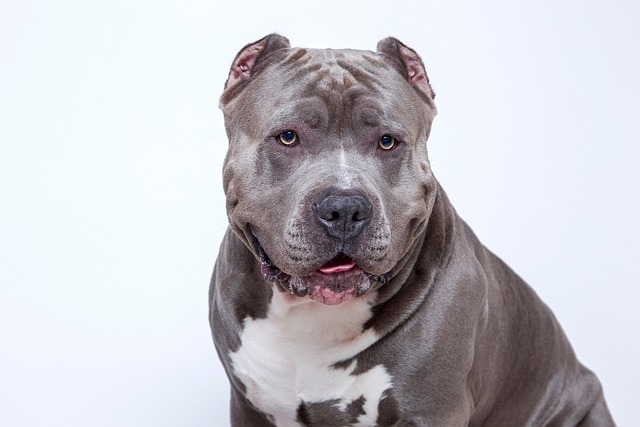
How can I tell if my dog's heatstroke is serious
Let’s be real: It’s a sticky August morning in Los Angeles, and you took your 2-year-old Golden Retriever, Max, for a walk a little later than usual
Proper nutrition for a dog isn’t just about filling a bowl—it’s about matching their body’s needs to their age, size, and energy level. A Chihuahua puppy, for example, thrives on small, frequent meals rich in protein to support their fast growth, while a senior Golden Retriever might need fiber to aid digestion and joint-supporting nutrients. Many new owners grab the first bag at the store, but taking 30 seconds to check the label for the AAFCO nutrient adequacy statement ensures you’re not just feeding calories, but balanced nutrition.
Every dog’s diet should revolve around high-quality protein as the main ingredient—think chicken, turkey, or fish—since dogs are biologically designed to thrive on animal-based nutrients. Carbs like brown rice or sweet potatoes add energy, but avoid fillers like corn or wheat that can cause bloating, especially for dogs in apartments where activity levels might be lower. It’s also key to skip table scraps: a single slice of onion or a handful of grapes can be toxic, and fatty foods like bacon often lead to pancreatitis, a painful condition that’s common in pets fed human food regularly.
 Portion control is just as important as the food itself to prevent obesity, which links to diabetes and joint pain. A good rule is to follow the feeding guide on your dog food bag, then adjust based on their activity: a Lab that plays fetch in the park daily might need an extra ¼ cup, while a Pug that prefers napping on the couch should get a little less. Always measure portions with a cup and avoid free-feeding—this also helps with house training, as consistent meal times mean more predictable bathroom schedules.
Portion control is just as important as the food itself to prevent obesity, which links to diabetes and joint pain. A good rule is to follow the feeding guide on your dog food bag, then adjust based on their activity: a Lab that plays fetch in the park daily might need an extra ¼ cup, while a Pug that prefers napping on the couch should get a little less. Always measure portions with a cup and avoid free-feeding—this also helps with house training, as consistent meal times mean more predictable bathroom schedules.
Living with a dog in a community means balancing their diet with local rules and etiquette, too. While nutrition itself isn’t regulated by law, keeping your dog healthy ties directly to compliance: a well-nourished dog is more likely to stay active, and healthy dogs are easier to train to follow leash laws or use designated potty areas. Remember, you’re required to clean up after your dog in public spaces, and a diet with enough fiber can make this easier by creating firmer stools. Also, never use food as a punishment—positive reinforcement, like rewarding good behavior with a small, healthy treat, aligns with how most communities encourage kind pet care.
At its core, proper nutrition for a dog is about consistency and awareness. Start by talking to your vet to tailor a plan—they can spot allergies or health issues you might miss—and stick to a routine that fits your lifestyle, whether that’s morning and evening meals before or after your workday. By pairing good food with regular walks, positive training, and following local rules, you’re not just keeping your dog healthy—you’re building a happy, compliant companion that fits right into your community.

Let’s be real: It’s a sticky August morning in Los Angeles, and you took your 2-year-old Golden Retriever, Max, for a walk a little later than usual

You're enjoying a summer afternoon at the park when you notice your dog has stopped panting and appears disoriented - their gums are bright red

Let’s paint the picture: You’re in your Denver apartment, watching your 4-year-old Boston Terrier, Ruby, plop down mid-play session with her favorite toy

Many dog owners notice their pets nails seem shorter after regular walks,but how much does this daily activity actually help?The answer depends on where you walk—concrete sidewalks or asphalt streets gently file nails as a dog's paws hit the ground

Most dog owners notice their pup scooting across the carpet at some point, but few connect it to impacted anal glands. These small sacs near a dog’s rectum secrete a scent for marking territory

Most vets agree that regular dog teeth cleaning is key to avoiding painful dental issues later. For healthy adult dogs, a professional cleaning at the vet’s office every 12 to 18 months usually works well.